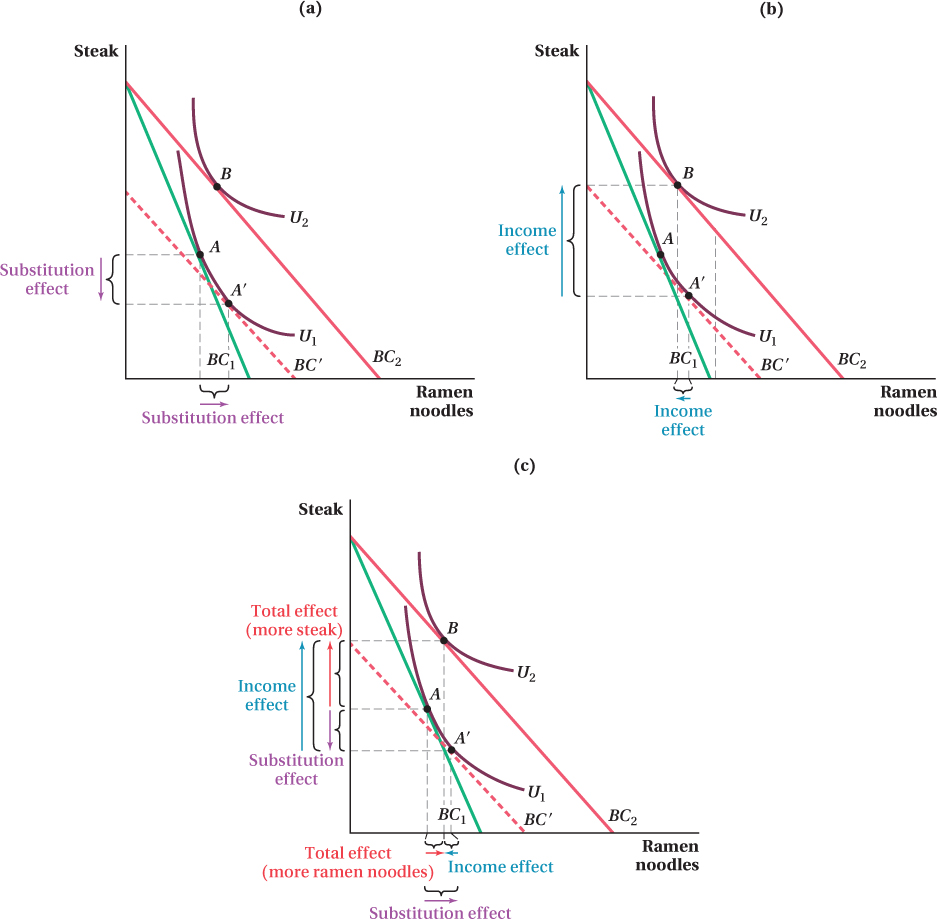
Figure 5.13 Substitution and Income Effects for an Inferior Good
(a) BC′ is the budget constraint parallel to BC2, the budget constraint after the price change, and tangent to U1, the consumer’s utility before the price change. The point of tangency between BC′ and U1, consumption bundle A′, is the bundle the consumer would purchase if relative prices changed but her purchasing power did not. The change from bundle A to bundle A′ is the substitution effect. As before, Judi chooses to purchase more of the good that has become relatively cheaper (ramen) and less of the other good (steak).(b) The change in the quantity of goods consumed from bundle A′ to B represents the income effect. Because ramen is an inferior good, the income effect leads Judi to decrease her consumption of ramen noodles, while her consumption of steak still increases.(c) The change in the quantity of goods consumed from bundle A to B represents the total effect. Since the substitution effect increases the quantity demanded by more than the income effect decreases it, Judi consumes more ramen noodles in the new optimal bundle B than in the original optimal bundle A.